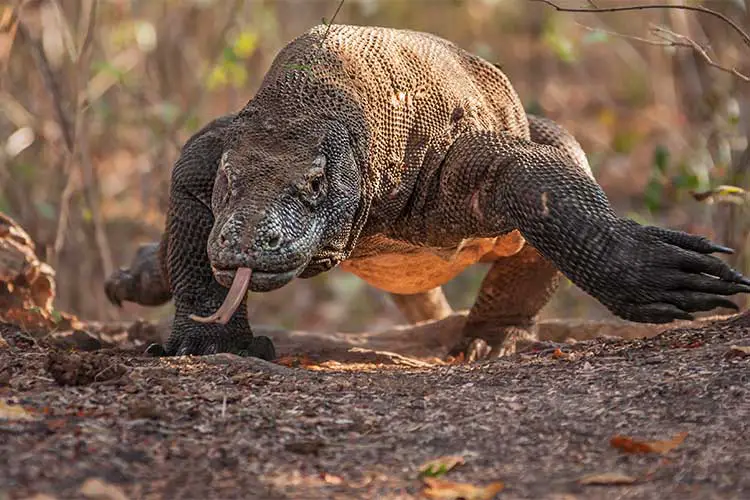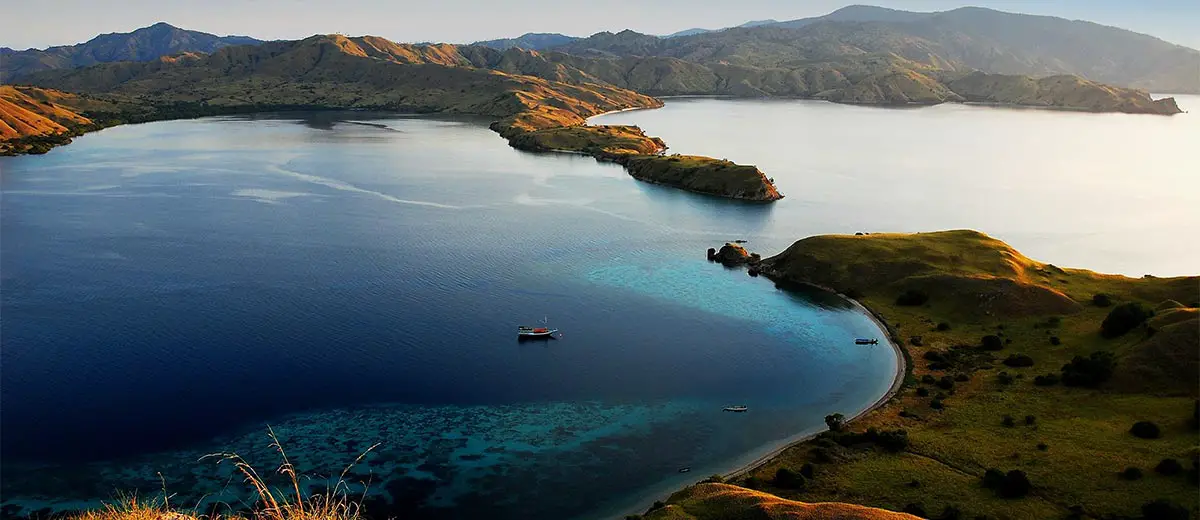World’s Top 5 Ecotourism Destinations
If you’ve read the previous article introducing the concept of ecotourism, you may remember us mentioning that one of the largest advantages offered by this niche is its universal nature. There are very, very few travel destinations out there that don’t offer some form of ecotourist activity. That being said, some tourist hotspots have made ecotourism the central point of their tourism industry. The following list details five regions with some of the best ecotourist activities in the world.
Kenya, Zimbabwe, Tanzania – Central Eastern Africa
These three countries, along with several others in Central and East Africa, are likely the world’s best-known ecotourism destinations. An enormous portion of international travellers come to this region for just one reason: safaris. It’s easy to understand the draw, a few things seem more picturesque than taking to the African savannah in an open-top Jeep, speeding along remote dirt roads in pursuit of famous African wildlife like elephants or wildebeest. Of course, not all safaris are done by overland, as private helicopter tours in this region have become a quickly growing industry in recent times.
No matter how you move through the region, a safari offers you a chance to see Africa’s Big 5 – the rhino, leopard, buffalo, lion and elephant. What’s more, one of the biggest benefits of the increase of ecotourist attention in this area has been a growing awareness for the conservation and protection of these unique and incredible animals. Overall, it’s very easy to see why the African savannah has structured their entire tourism industry around ecotourists.
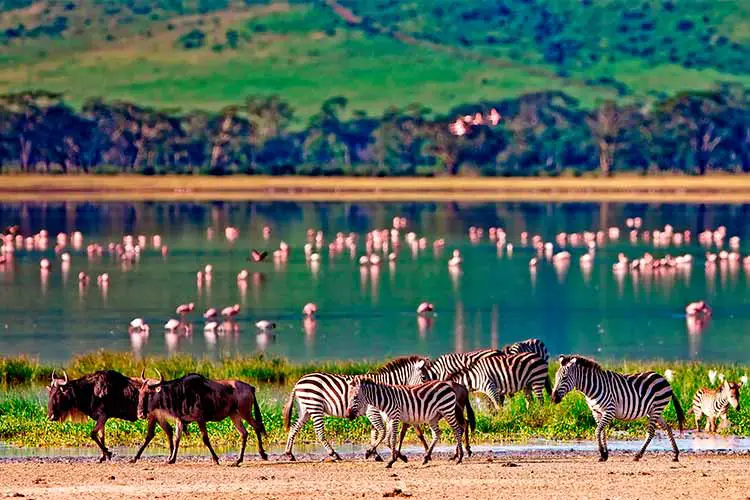
Alaska – USA
Though much of North America could have qualified for an entry on this list, no area more perfectly encapsulates the ideals of ecotourism than Alaska. This remote American state thrives on tourists interested in its stunning wilderness and unique spread of flora and fauna. Sites like Denali National Park have long attracted wildlife enthusiasts and conservationists, but now even Alaska’s more remote parks, like the Gates of the Arctic, have a healthy number of followers.
Throughout the state, visitors are guaranteed sightings of fantastic animals like moose, huge salmon, and bears. What’s more, ecotourism in Alaska has managed to cast itself in a romantic light, thanks to the success of movies like Into the Wild. Thanks to its place in pop culture and utterly gorgeous nature, Alaska seems poised to remain a top ecotourism destination for quite some time.
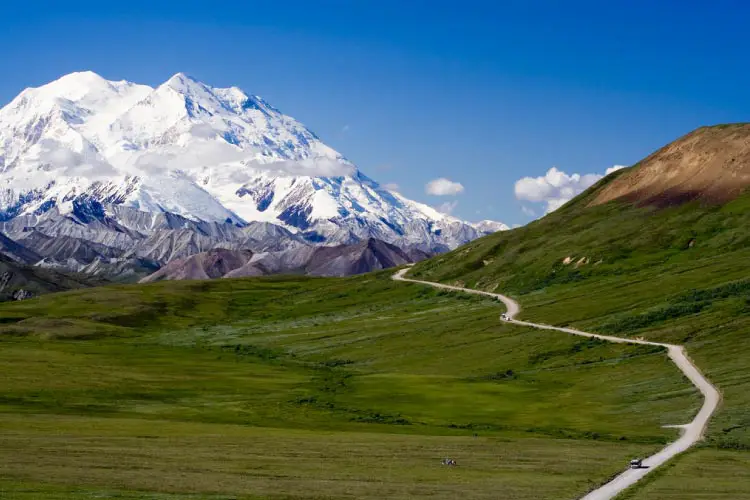
Australia
Australia holds a special place in the heart of the ecotourist thanks to its sheer diversity. However, the country seems to have developed two main draws. The first of these is the Outback, which is somewhat similar to the African savannah in terms of activities and reasons to visit. Travellers in the Outback usually wish to ride Jeeps or other off-road vehicles through the open, beautiful countryside, typically in search of famous landmarks or the diverse collection of Australian wildlife.
Australia’s other major ecotourist draw is the Great Barrier Reef. Though the reef has been heavily damaged thanks to human activity in recent years, it is still one of the most attractive and important aquatic ecosystems known to man. Few things rival an afternoon (or several afternoons, for that matter) spent snorkelling or scuba diving through this impressive marine habitat.
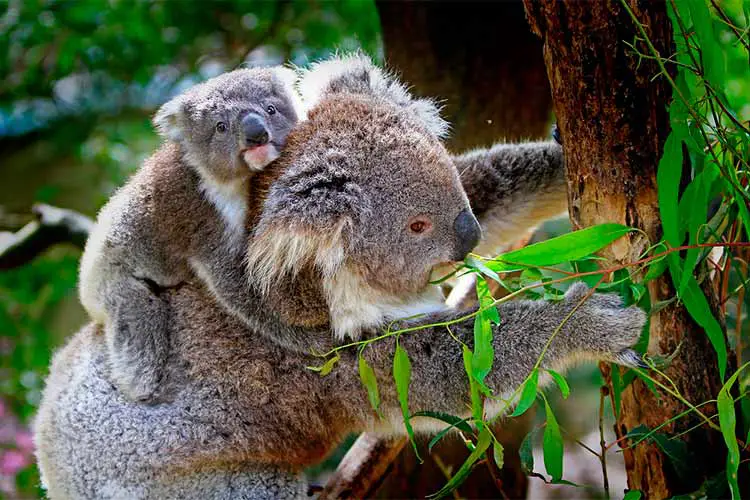
Brazil, Peru, Ecuador – The Amazon Rainforest
There are many types of ecotourists. Some simply seek unspoiled natural vistas and wildlife, while others simply want to get as far off the beaten trail as possible. Still others are interested in the biology of an area. For all three of these types, and more, few destinations offer greater possibilities than the Amazon River Basin. Centred around one of the world’s largest and most powerful rivers, the Amazon rainforest is an ancient land, much of which has yet to be explored by humans.
What’s more, the favourable climate, humidity, and soil conditions make this area one of the world’s few “mega-diverse” regions. This means that each square mile of the Amazon rainforest carries a significantly higher and more diverse population of plants, animals and fungi than any other region on earth. In fact, it’s estimated that the Amazon holds at least 30,000 plant species that have never been identified by scientists. If you make it to the Amazon, be sure to take a riverboat cruise down the gushing Amazon River, as it’s the sort of once-in-a-lifetime experience you’re not likely to ever forget.
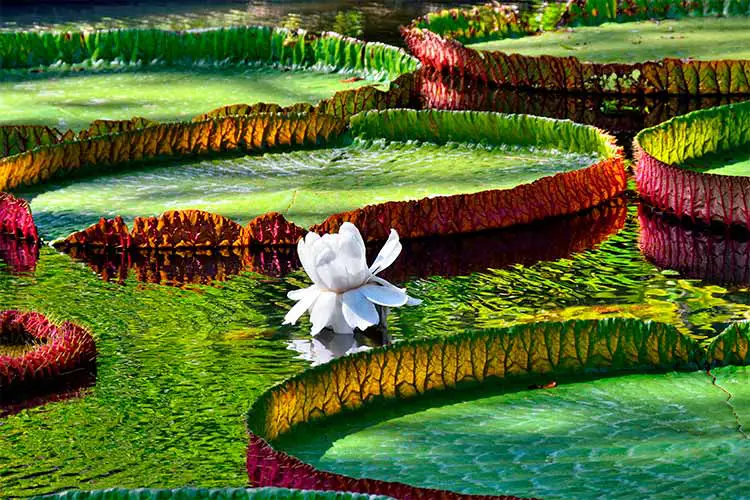
Borneo, Komodo, and Maritime Southeast Asia
Although most tourists come to Southeast Asia to see temples or get drunk on the beach, a growing number (including your humble author) are travelling to the region for more natural reasons. Undoubtedly the major player in the Southeast Asia ecotourist scene is Borneo, an enormous jungle island shared by three countries. Much like the Amazon, huge swaths of Borneo have gone untouched for all human existence, and naturalists seem to constantly be finding new species hidden in the depths of Borneo’s forests.
Of course, many of the other islands of Indonesia, Malaysia and Oceania also present unique ecotourist opportunities. For example, the Komodo and Rinca Island group gives travellers the unique chance to see the world’s largest lizard, the Komodo Dragon, in the wild.
